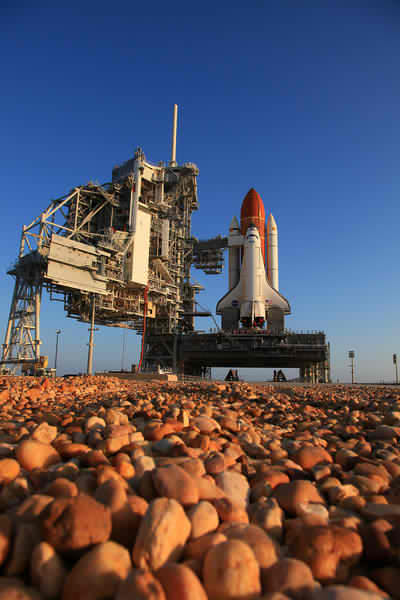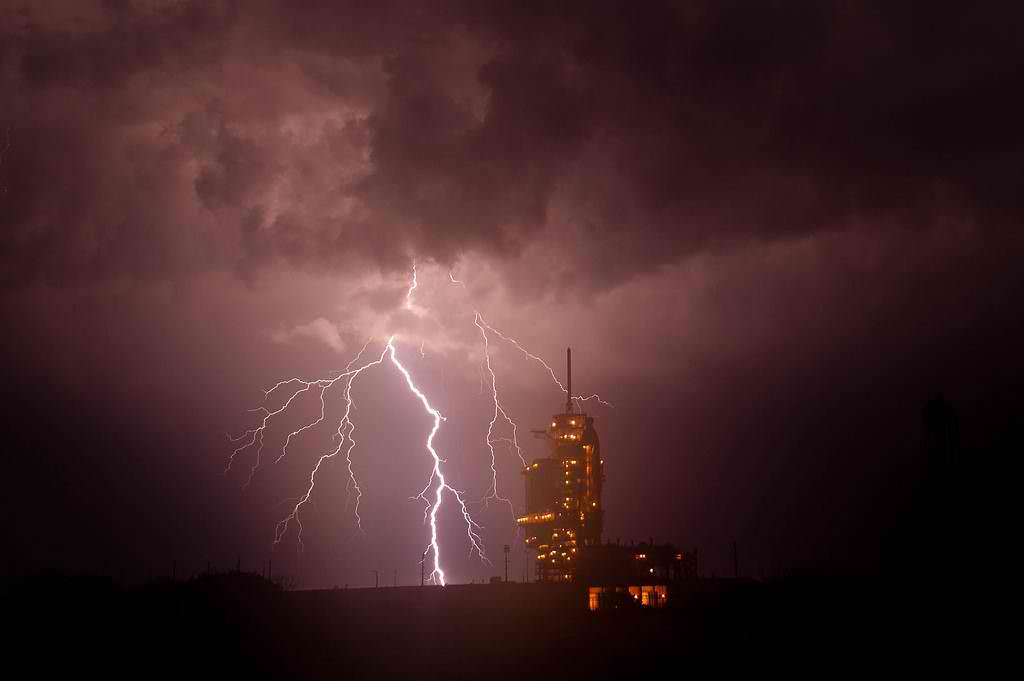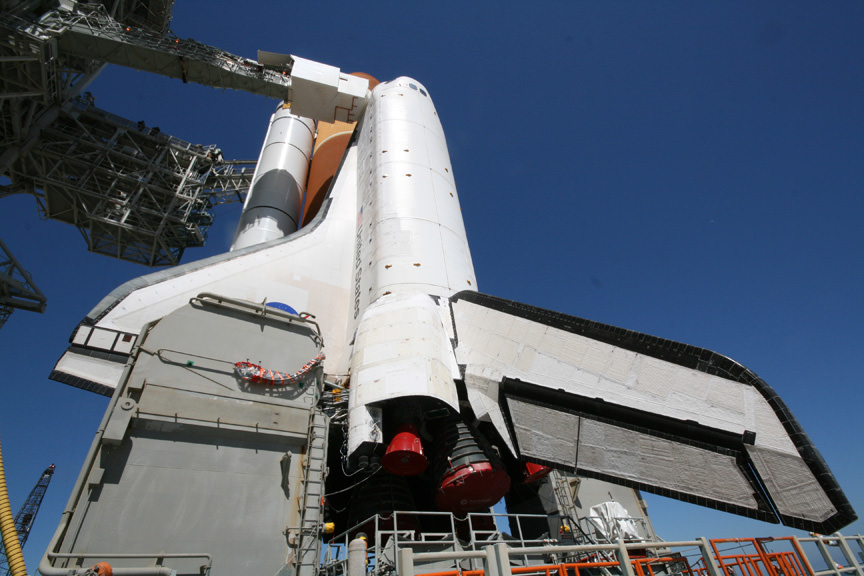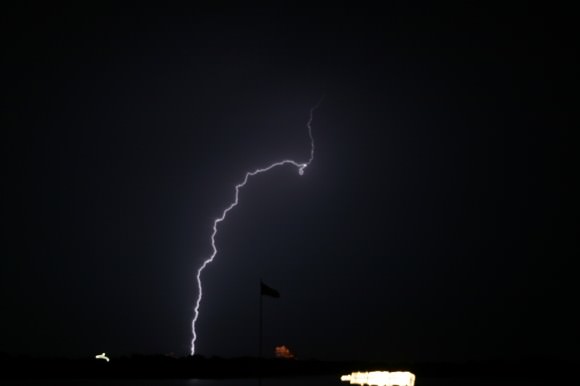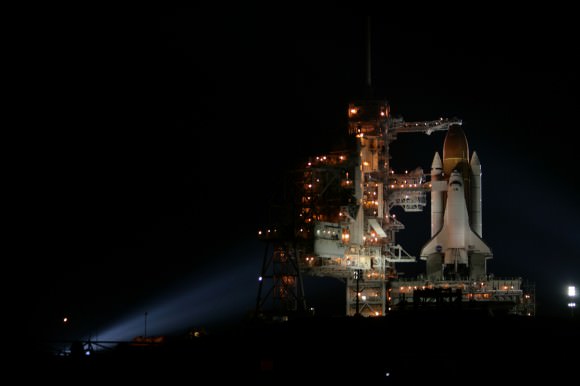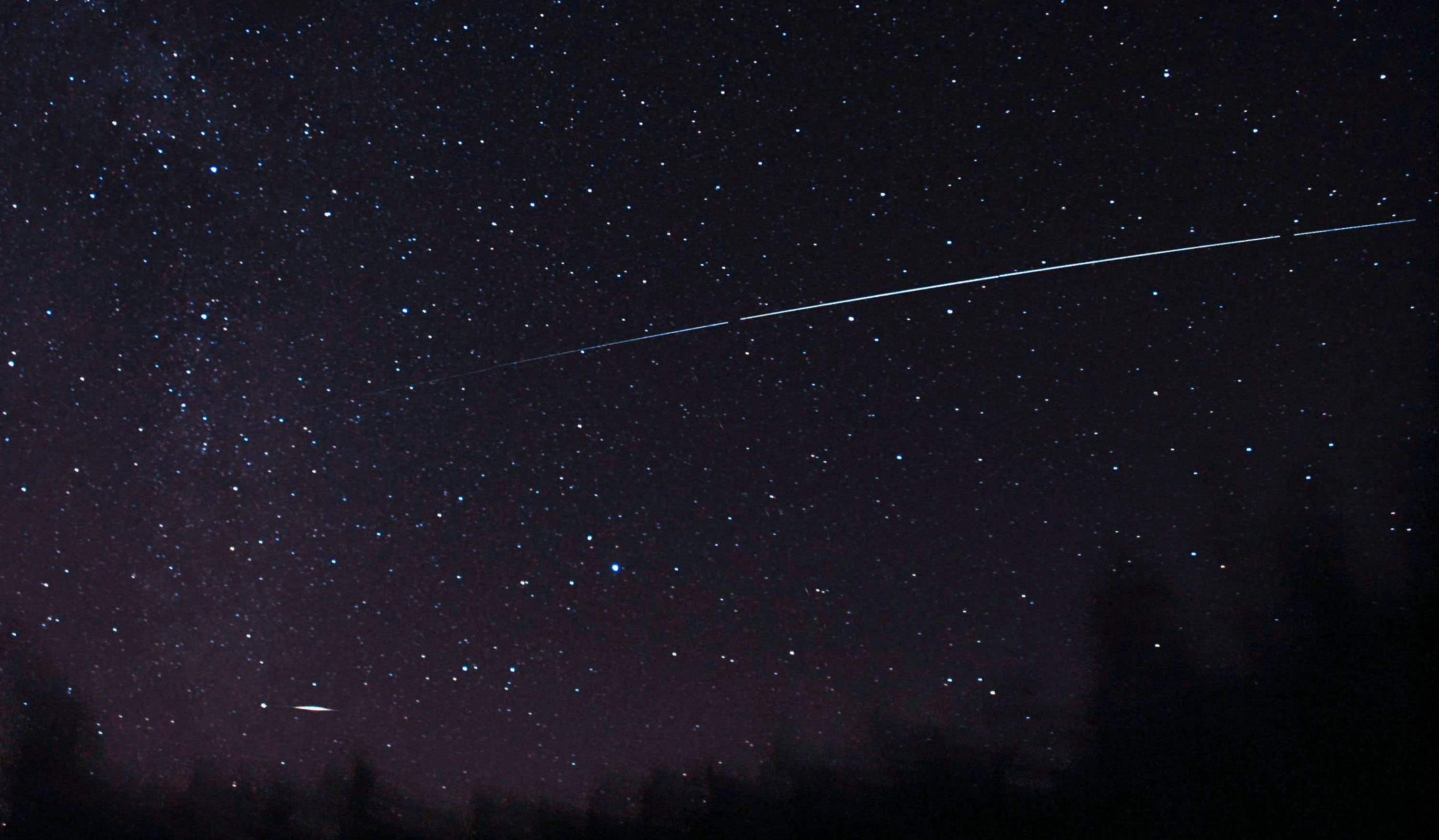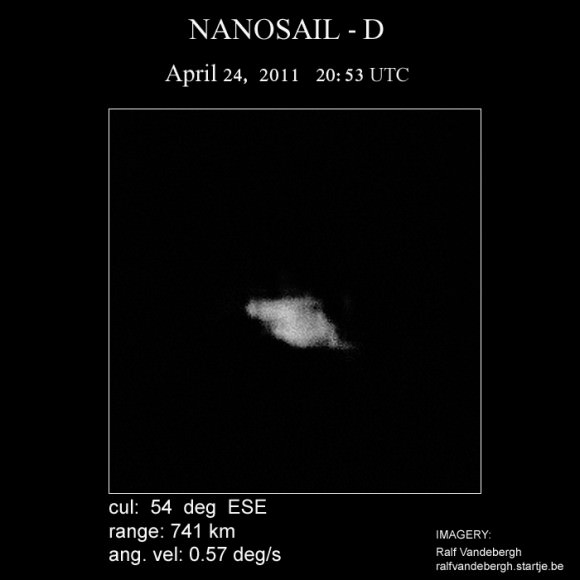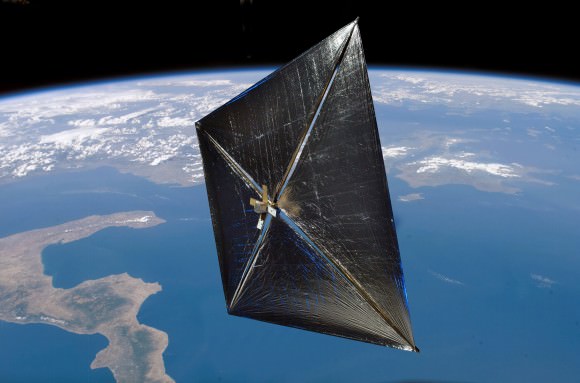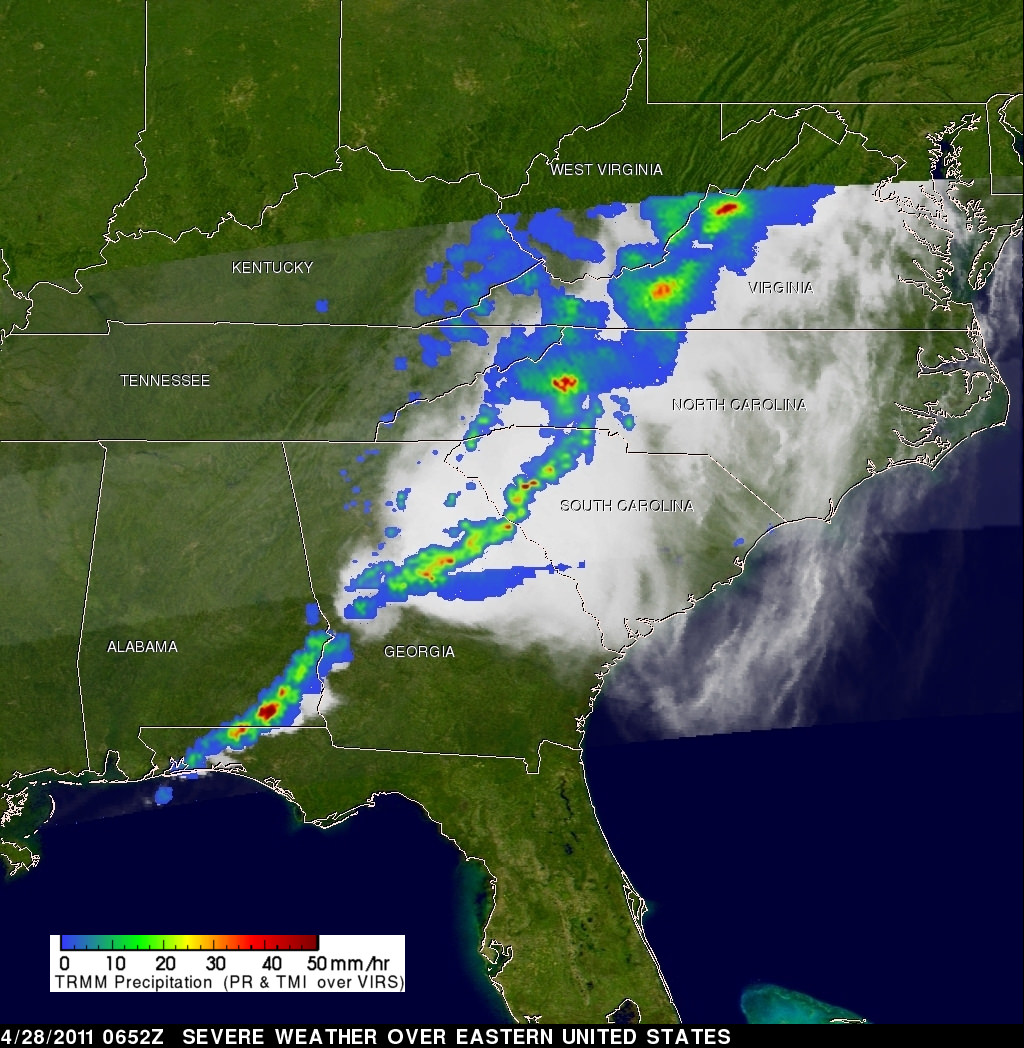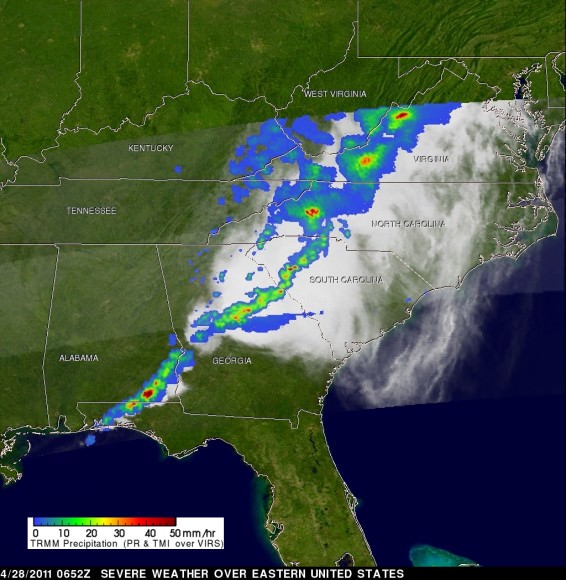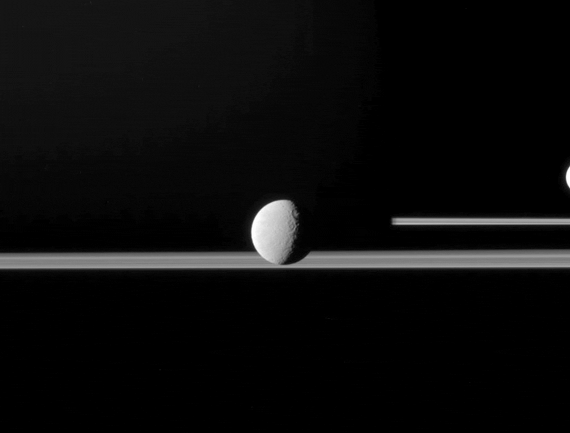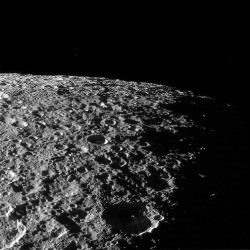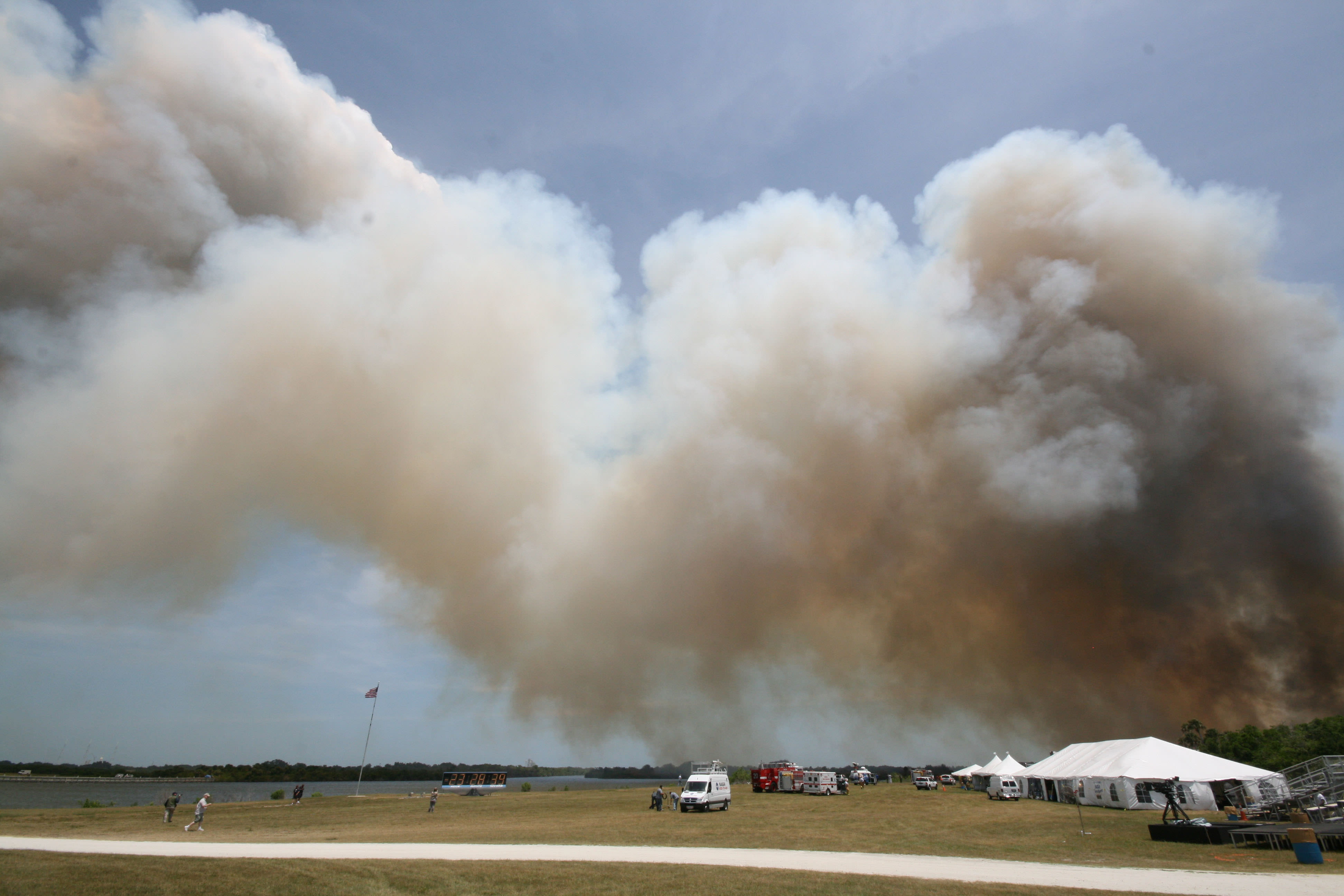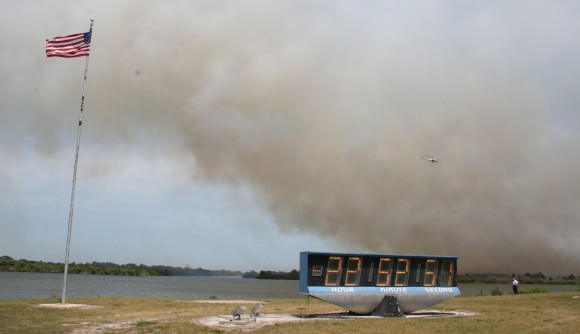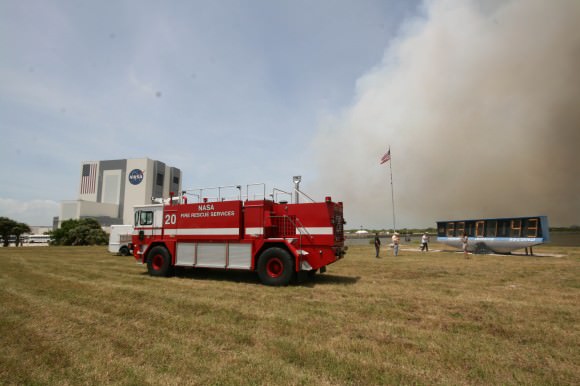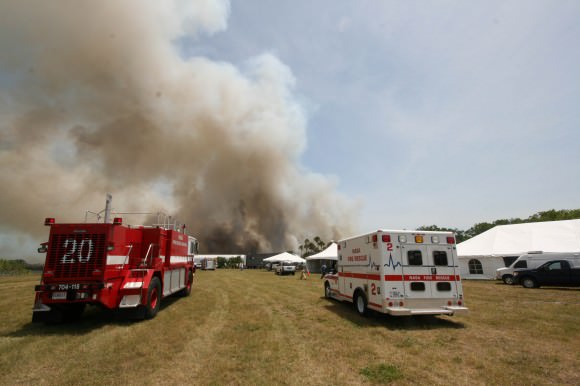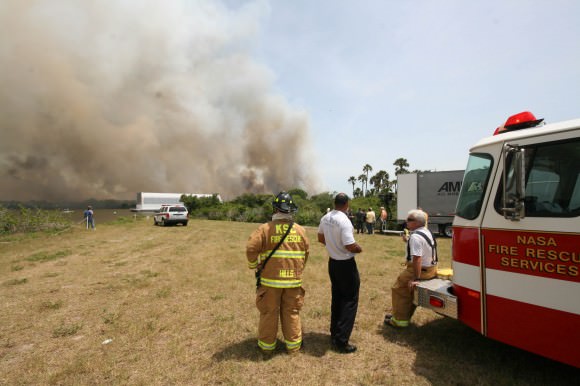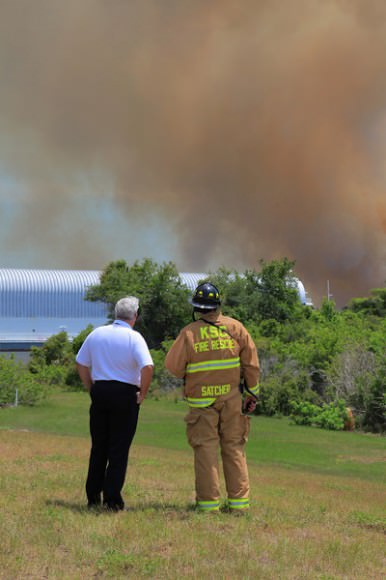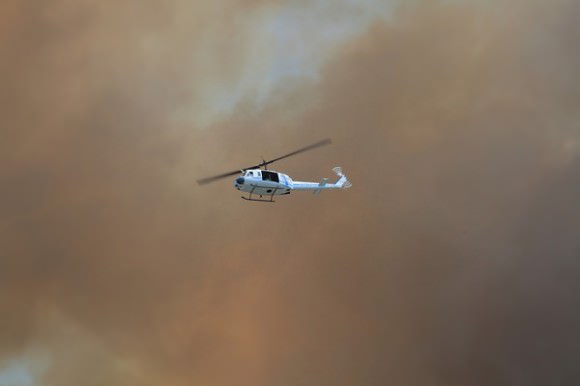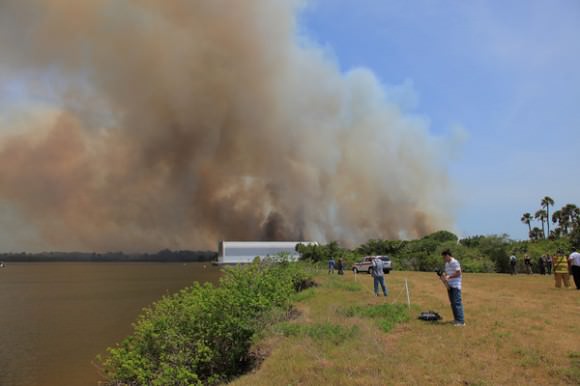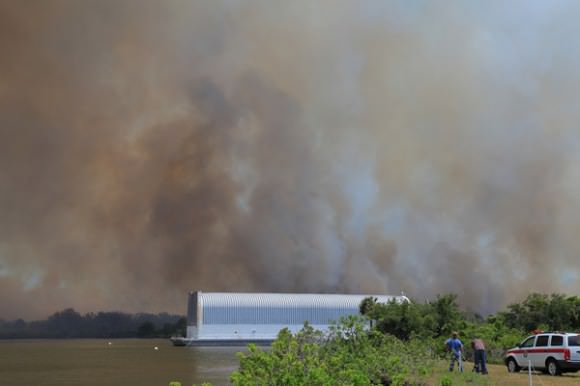[/caption]
Endeavour’s final launch will have to wait a little longer. Problems with the the APU heaters on the shuttle has forced a scrub of today’s planned launch to the International Space Station. The APU system provides power to the hydraulic system for the orbiter.
“Our NASA launch director Mike Leinbach has made the decision that we’re not able to resolve this situation with the APU heaters in time to make a launch attempt today,” said NASA TV launch commentator George Diller. “There’s not a way to do the kind of troubleshooting we need to do and still be able to stay in a count configuration. So we will be scrubbing for today.”
Leinbach later confirmed in an interview on NASA TV that the earliest the team can turn things around is 72 hours. “Today the orbiter is not ready to fly and we always say in this business we will not fly until we are ready and unfortunately we just aren’t ready,” Leinbach said.
A launch on Monday, May 2 would be at 2:33 p.m. EDT.
Besides figuring out and understanding the problem, it will take time to turn around the payloads. The launch team will meet soon to put together a plan for a new target launch based on the work that has to be performed. First the external fuel tank has to be unloaded so the troubleshooting can begin.
We’ll provide an update from our team on hand at Kennedy Space Center when more information is available.
The delay will disappoint hundreds of thousands of people who came to Florida to watch the launch, including President Obama and his family and STS-134 commander Mark Kelly’s wife, Congresswoman Gabrielle Giffords, who was wounded by a shooter in January.
You can see a video of Mike Leinbach’s explanation of the problem below.

